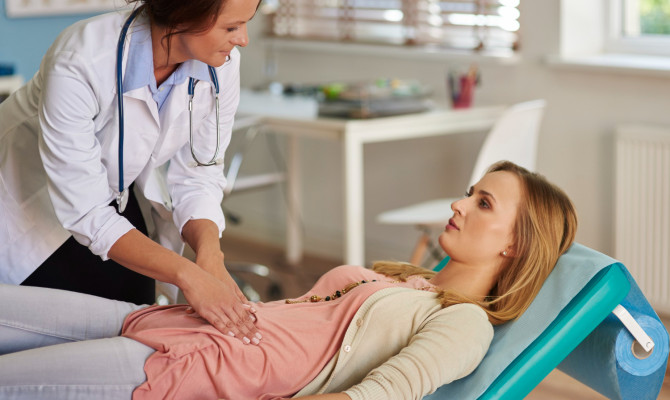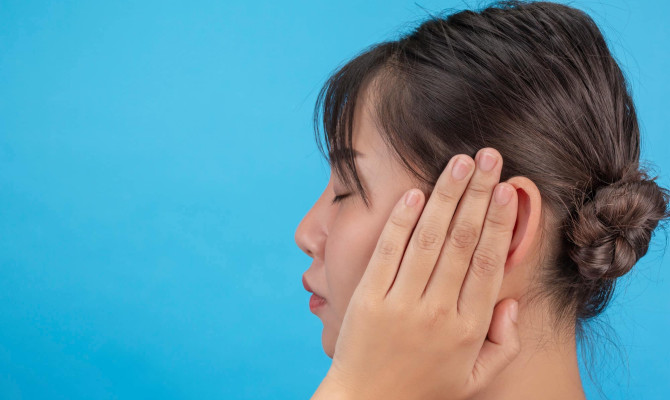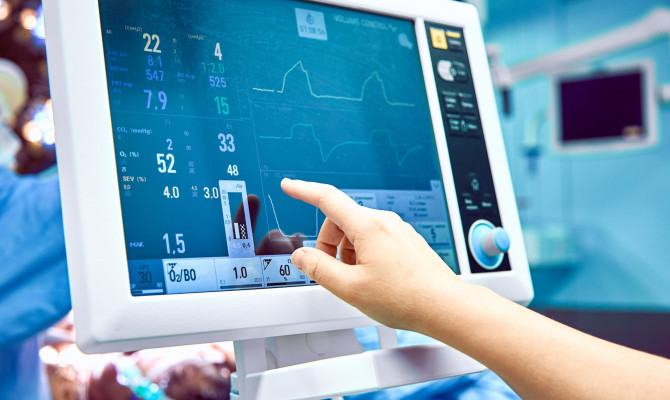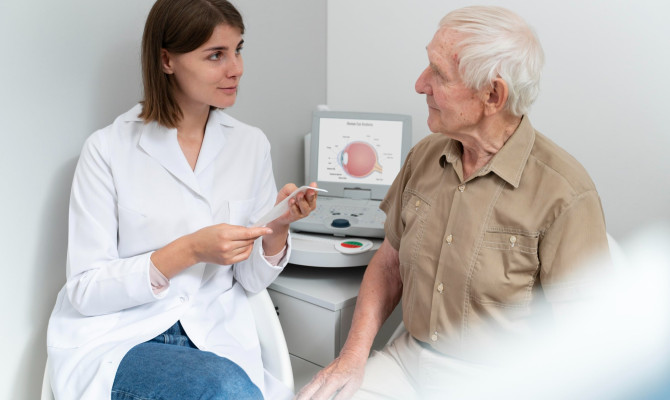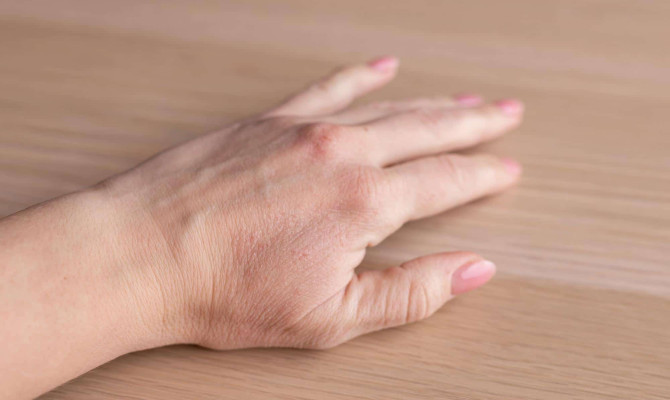Ankylosing Spondylitis : Complications and Management

- Ankylosing spondylitis
- 14 Aug 2023
Overview
What is Ankylosing Spondylitis?
An inflammatory, degenerative condition of the axial spine is known as ankylosing spondylitis (AS). The two most prevalent symptoms of this illness are increasing spinal stiffness and chronic back pain. 1Overview | Researched based study from Nlm.nih.gov
The body produces additional calcium near the spine’s bones in reaction to the inflammation. Your back and neck may become more rigid as a result, and more bone fragments may form as a result. There is a small chance that the excess calcium will cause some of the spine’s bones to fuse or connect together.

Vulnerability
Who are at risk?
- Ankylosing spondylitis (AS) is commonly diagnosed in adults under the age of 40, and more than 80% of patients experience their first symptoms before the age of 30. 1Who are at risk | Researched based study from Nlm.nih.gov
- Fewer than 5% of patients over the age of 45 present.
- Cases are higher in men than women.
- Family members of patients who are impacted are at a greater risk.
- The likelihood of developing the condition may be increased in people with psoriasis, ulcerative colitis, or Crohn’s disease.
Causes
Causes of AS
- Genetics-The HLA-B27 gene raises the chance of ankylosing spondylitis, according to studies, although having the gene does not guarantee you will have the condition.
- Environment-Many people who carry the gene do not show any symptoms or discomfort related to ankylosing spondylitis; hence, scientists believe environmental variables may also be involved.
- Diseases- a person with psoriasis, Crohn’s disease, or ulcerative colitis found to suffer from AS more easily than others.
Symptoms
Symptoms of AS
Individuals with ankylosing spondylitis experience different symptoms. Some people experience brief, minor pain episodes, while others experience major, persistent pain. Ankylosing spondylitis symptoms, whether minor, mild or major, can get worse during inactivity and get better with body movements. 2Symptoms of AS | Researched based study from Niams.nih.gov
Some common symptoms are:
- Long lasting Backache
- Pain in Shoulders, neck, Thigh and Hip
- Tiredness and fatigue
- Swelling of the joints
- Pain and stiffness of the joint
- Low or loss of appetite
- Weight loss
- painful deep breathing
- Pain in abdomen
- Inflammatory bowel disease
- Colitis
- Anxiety
- Iritis or uveitis (Inflammation of the eye)
Parts of the body affected by Ankylosing spondylitis are:
- The shoulder and hip joints.
- The cartilage that lies between the ribs and the breastbone.
- The joint that connects the pelvis to the base of the spine.
- The locations along bones, primarily in the spine but occasionally along the back of the heel, where tendons and ligaments attach.
- The lower back’s vertebrae.
Complications
What are the complications of AS ?
A complex condition that can affect several body parts is ankylosing spondylitis (AS). It may complicate your day-to-day activities and result in the development of new medical conditions. 3Complications of AS | Researched based study from Nhs.uk
Gut issues
- It may cause colitis and inflammatory bowel syndrome. abdominal pain, bloating, diarrhea, tiredness, and unexplained weight loss are the major symptoms.
Heart-related issues
- Patients of ankylosing spondylitis are more susceptible to developing cardio-vascular diseases like heart stroke and failure.
Bone fractures and osteoporosis
- Backbone fracture risk is increased in AS due to the possibility of developing osteoporosis in the spine.
- In osteoporosis, bones become weak and brittle.
.Eye problems
- It’s crucial to get medical attention right away if one or both eyes are sore or inflamed, or if the patient notices any changes in their vision, such as partial blindness or sensitivity to light.
- The eye may become red, painful, and light-sensitive if patients have iritis.
- Iritis, often referred to as acute anterior uveitis, is a disorder that is occasionally linked to AS and causes the front part of the eye to swell and turn red.
Joint issues
- Ankylosing spondylitis can lead to inflammation in joints like the hips and knees. Over time, this can harm the affected joints, causing pain and making movement challenging.
- The patient may need to replace the affected joint with an artificial joint.
Low Flexibility
- Some patients eventually have extremely limited movement in their spines, despite the fact that the majority of them only become slightly impaired over time.
- This often only affects the lower back and is brought on by the spine’s bones fusing together (fusing).
Diagnosis
Diagnosis of AS
If the patient comes to the doctor complaining of pain and inflammation over the joints, and if the doctor suspects the symptoms are a sign of ankylosing spondylitis, he may refer the patient to a specialist called a rheumatologist. The further examination starts as follows:
Physical test and questionnaire to know the following
- Duration and Intensity of pain
- Time of the day when it appears
- Medical history
Blood test
To rule out the other reasons following tests are taking into consideration
- C-reactive protein test
- Erythrocyte sedimentation rate (ESR)
- Test for HLA-B27 gene
Imaging test
- X-ray -Although the visual symptoms might not be evident early in the disease, X-rays allow healthcare profession to examine any changes in bones and joins, this process is also known as radiographic axial spondyloarthritis.
- MRI-To produce more precise images of bones and soft tissues, MRI uses radio waves and a strong magnetic field. MRI scans can detect, bone deformities that are not seen in x-rays, early in the disease process. 4Diagnosis | Researched based study from Mayoclinic.org
Management
Management strategies
The management of ankylosing spondylitis includes medication, therapies, and surgeries, and the selection of treatment depends on the severity of the disease and the condition of the patient.
Medication
- NSAIDs (non-steroidal anti-inflammatory drugs ) are the first line of treatment in getting rid of the pain and inflammation drugs like Ibuprofen, Naproxen, Indomethacin are widely prescribe drugs.
- Anti-inflammatories may not be able to control a person’s symptoms, but other medications may be able to ease their discomfort or lessen the impact of their disease.
- Doctor could advise beginning treatment with a biological product like tumor necrosis factor (TNF) blocker or an interleukin-17 (IL-17) inhibitor . This approach is advanced and effective in patient suffering from spondylitis.
- Drugs like sulfasalazine and , are known as disease-modifying anti-rheumatic medicines (DMARDs), help lessen your body’s overall inflammatory response. And can aid in preventing joint injury in addition to treating symptoms.
- Steroids can also be prescribed for short duration to help in stiffness and aching.
Physical Therapies
- An essential component of the treatment for ankylosing spondylitis is physical therapy. A physiotherapist can design an exercise regimen for patient that will increase strength of muscles and keep his spine and other joints mobile.
- In addition to giving you advice on maintaining proper posture, a physiotherapist might give hydrotherapy or aquatic therapy. This entails performing precise spinal, hip, and shoulder movements in a dedicated warm-water pool.
Replacement Surgery
- The majority of those who have ankylosing spondylitis don’t require surgery, however if the hip or knee is severely damaged, some people may need to have it replaced. Pain relief and increased mobility are possible with this
Lifestyle
Lifestyle modifications
Posture
In advanced cases AS deform the posture of patients. It may causes curving of spine, Hip extension, cervical flexion, etc with kyphosis. It can be avoided by following these tips:
- Don’t hunched forward
- Don’t lean on your elbow while sitting
- Chin should be up while walking and sitting
- Lessen screen time on mobile phones
- Correct height of chair and table
- Alter the position of sitting and avoid sitting for long hours
- Do stretching as ad when needed
Diet
No food has been found to be very effective in treating or worsening ankylosing spondylitis, but a good food habit helps to avoid other associated problems.
- Low fat and low salt for healthy heart
- Calcium rich food for healthy bones
- Administration of Vitamin D to maintain health of bones
- Vitamin A rich diet like fish for healthy eyes
- Probiotics for healthy digestive system
Sleep
- A good quality of sleep proves as good as a painkiller. Take all the necessary steps to have a good night’s sleep, like,
- Avoid any form of caffeine.
- A warm bath before sleep
- Head massage
- Have dinner at least 2 hours before bed.
Shoes
- Plantar fasciitis, which causes discomfort in the heel or arch of the foot, can occur in people with ankylosing spondylitis.
- Insoles built to order for your shoes may help if your feet are afflicted.
Addiction
- Smoking increases the risk of the spine’s bones fusing together.
- Alcohol consumption increases risk of heart diseases with many fold in Spondylitis patients.
- Chronic alcoholism affects the absorption of calcium and also reduces the good bacteria in the gut.
Activity
- Stiffness of joints and pain will increase with rest; therefore, staying active is the best way to control pain.
- Do normal movements, such as stretching, yoga, swimming, etc., to increase mobility.
Exercise
Exercises to improve AS symptoms
Details of a few exercises found to be effective in patients with ankylosing spondylitis are given here; these movements are very helpful in building strength and providing flexibility. 5Exercise | Researched based study from Versusarthritis.org
Stand against a wall
- Push your head back towards the wall while standing with your heels and back against it.
- After holding for 5 seconds, release. If you can, repeat 10-15 times
Superman
- laying on your front, facing forward, with your hands by your sides.
- Lift each leg five times while maintaining a straight knee.
- Stretching out the opposing arm in front of you can be helpful.
Head and shoulder raise
- Laying on your front, facing forward, with your hands by your sides.
- Do this about 10-15 times, lifting your head and shoulders as high as you can.
Bird-dog
- Stretch alternate arms and legs out parallel to the ground while crawling on all fours on the ground.
- Five times each side, lower, then do the same with the opposite arm and leg.
Waist turn
- Standing with your feet apart in a roomy area. Hands should be placed on hips.
- Look behind you by bending at the waist.
- Face the front with your knees and feet.
- Maintain for 5 seconds. 5 times on either side of the other side, repeat.
Lay down, knees bent, breathe
On your back, with your knees bent and your feet flat on the ground:
- Place your hands at the sides of your chest on your ribs. Push your ribs out against your palms as you inhale deeply through your nose and exhale through your mouth. 10 times is about right. Keep in mind that exhaling thoroughly is just as crucial as inhaling deeply.
- Place your hands on the upper portion of your front chest. Take a long, deep breath in with your nose, and then exhale as forcefully as you can through your mouth. Count to 10 while inhaling, pushing your ribs up against your hands. You can perform this exercise while sitting or lying down at any moment.
Takeaway
Takeaway
The signs of ankylosing spondylitis could gradually get worse as you age. Rarely are the symptoms incapacitating or Fatal. Early therapies can reduce pain and inflammation. Medication and physical exercise can both be beneficial.
Any feedback on this article?
 This Articles content was accurate
This Articles content was accurate Very Informative Article
Very Informative Article I have a question or a comment
I have a question or a comment
 This article contains inaccurate content
This article contains inaccurate content This article was not helpful
This article was not helpful I have a question or a comment
I have a question or a comment
We appreciate your helpful feedback!
Checkout our social pages
References
-
National Library of Medicine
Ankylosing Spondylitis | Overview | Prevalence
-
National Institute of Arthritis and Musculoskeletal and Skin Diseases
Ankylosing Spondylitis | Symptoms
-
National Health Service
Complication-Ankylosing spondylitis
-
Mayo Clinic
ankylosing spondylitis | Diagnosis
-
Versus Arthritis
Ankylosing spondylitis (AS) | Exercise













